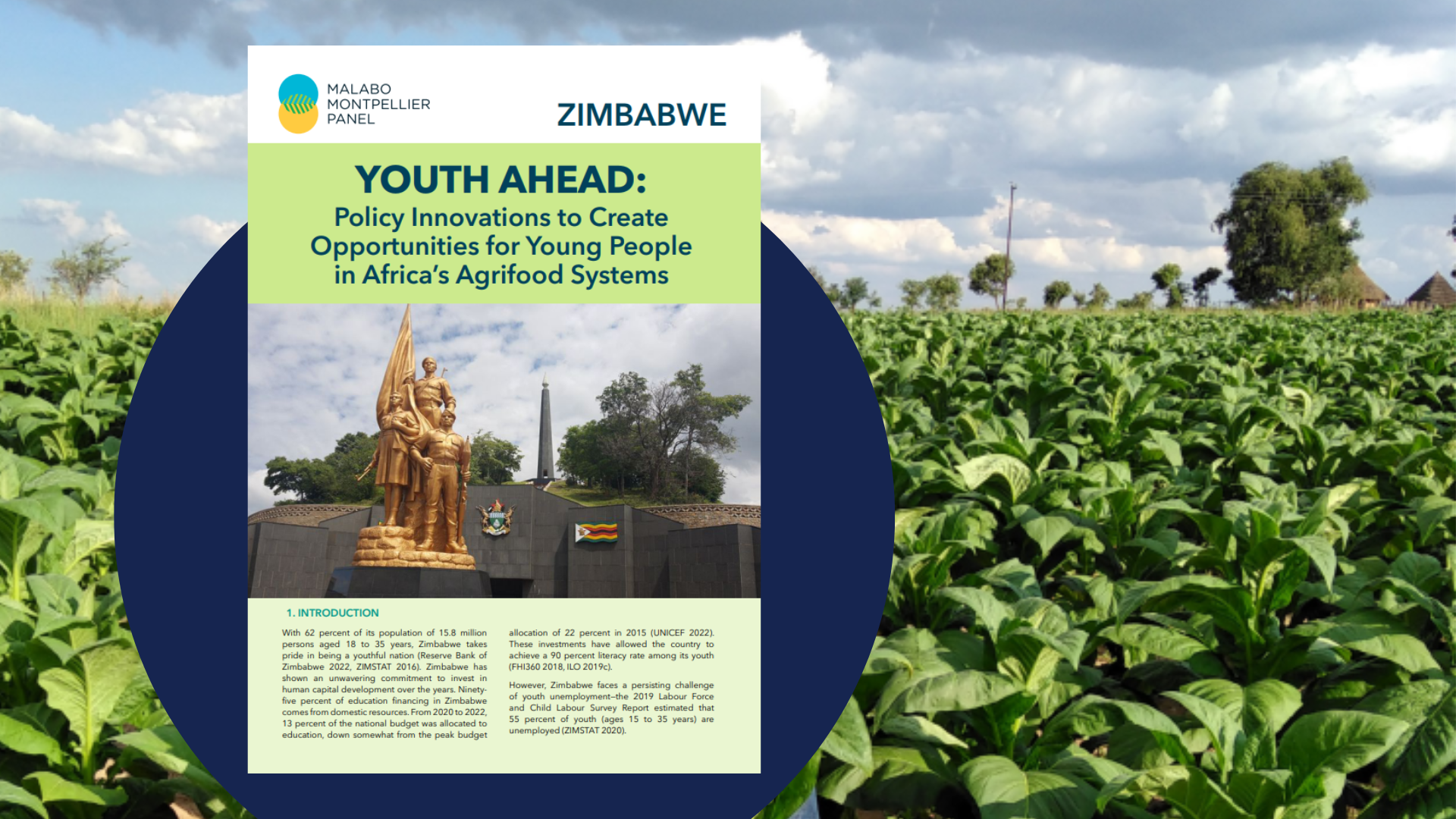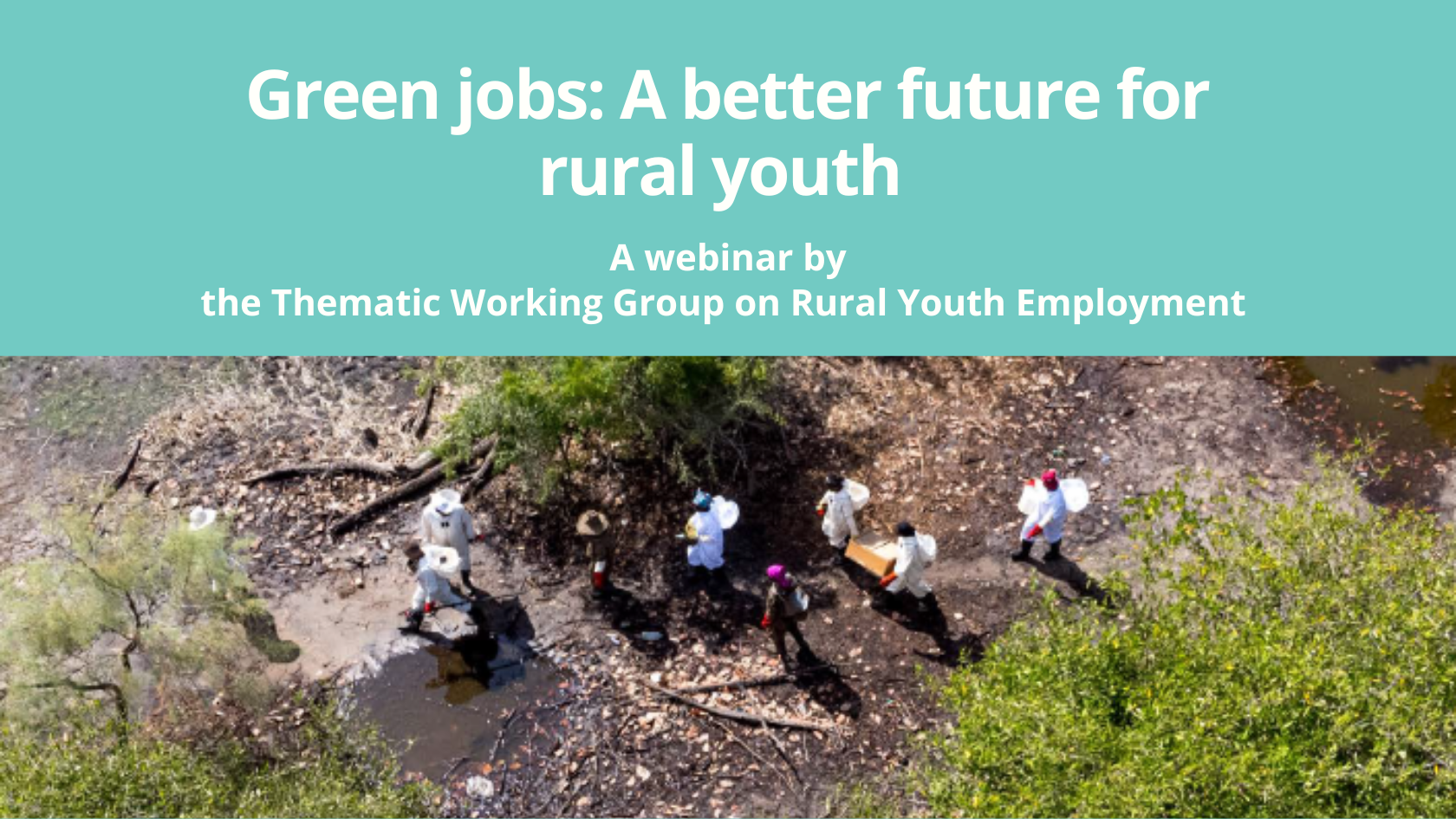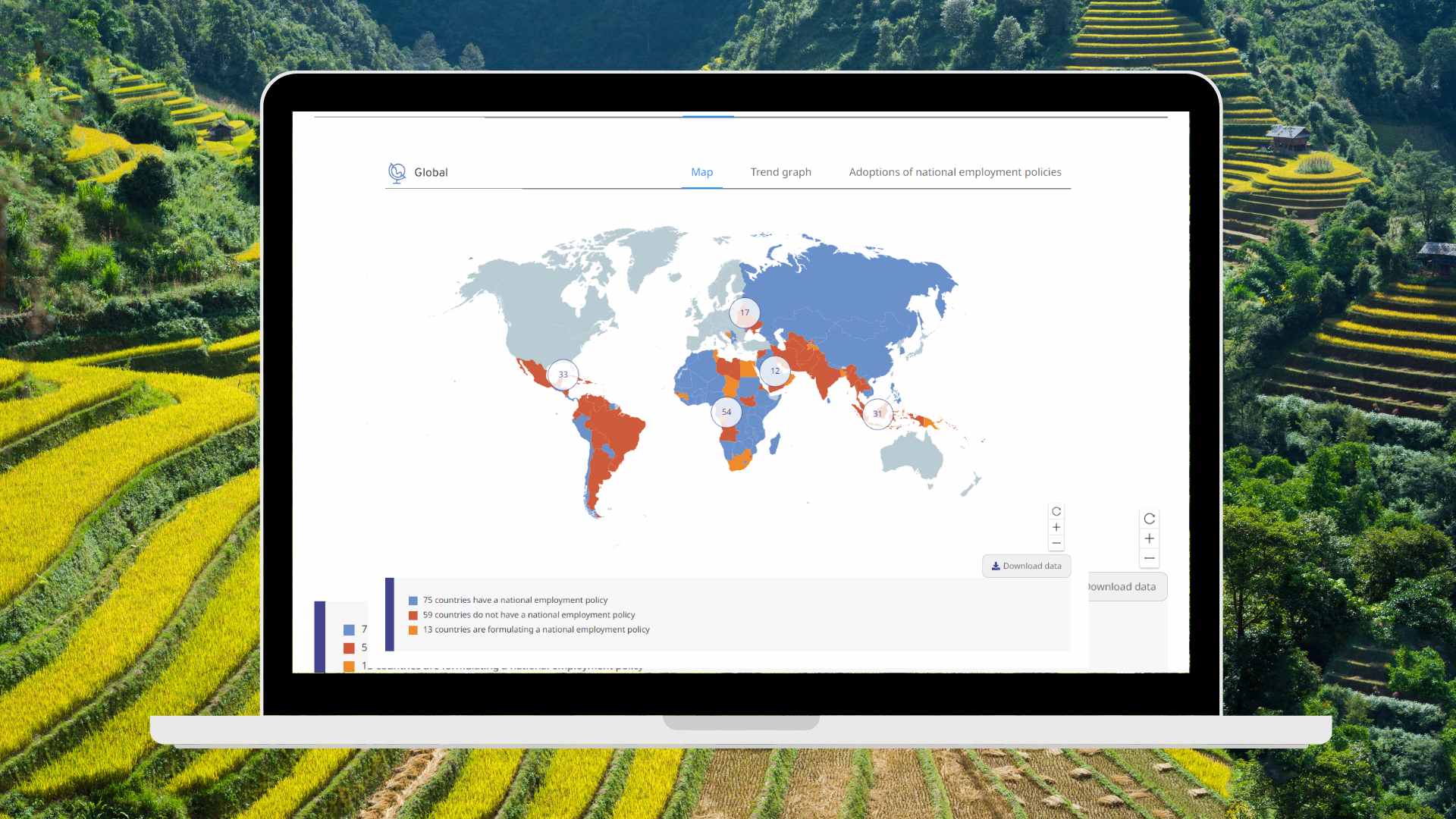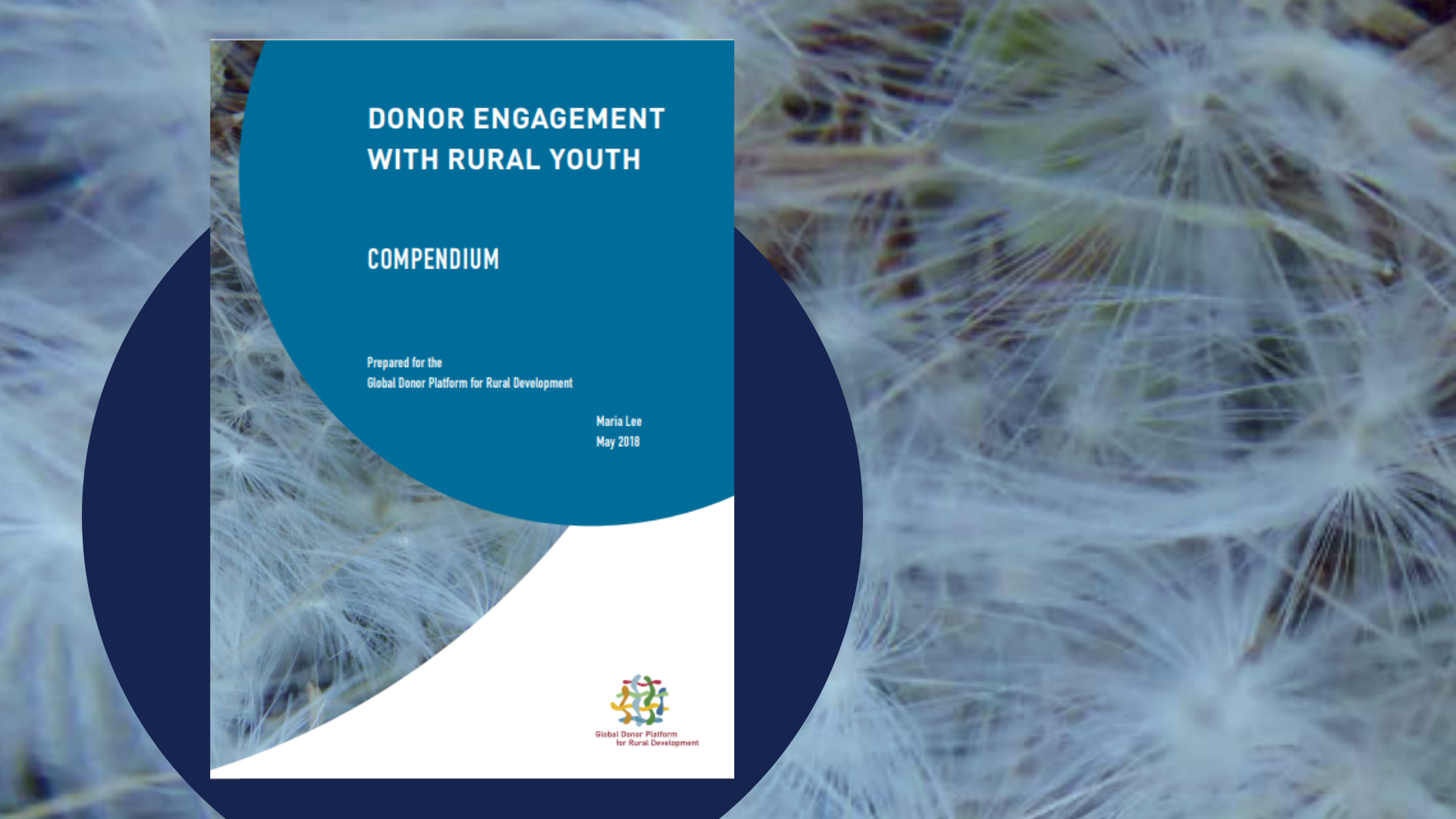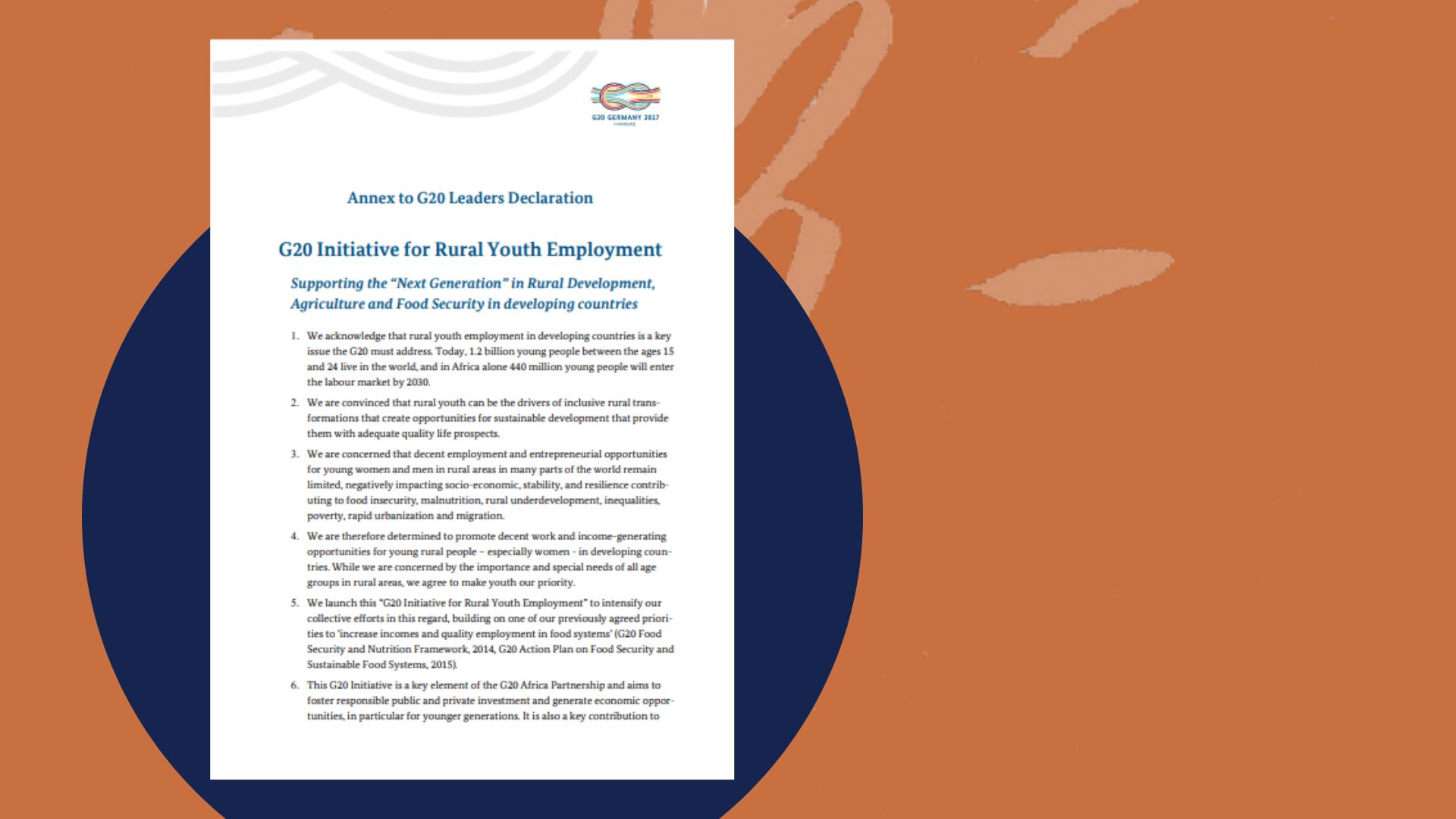With this guide, the aim is to equip readers with the basic set of concepts and tools needed to make informed decisions about how best to measure and evaluate the results of youth employment interventions. The entire life cycle of a youth employment intervention is reviewed, starting with diagnostics and programme design, then moving on to setting up a monitoring system and measuring results.
Download

The aim is to provide a clear understanding of the variety of evaluation options available and the issues to consider in choosing the most appropriate method, given the learning objectives and operational context. Additionally, the guide describes how to manage an impact evaluation, if that is the assessment method of choice.
In June 2012, the International Labour Conference of the ILO resolved to take urgent action to tackle the unprecedented youth employment crisis through a multipronged approach geared towards pro-employment growth and decent job creation. The resolution, entitled “The youth employment crisis: A call for action” (ILO, 2012), contains a set of conclusions that constitute a blueprint for shaping national strategies for youth employment. The associated background report (ILO, 2012) warns: “Major gaps in knowledge (on “what works” on youth employment) persist. There have been relatively few rigorous evaluations of youth employment policies and programmes, of their impact in the short and long term, and of their relative cost-benefit, including in developed countries. This needs to be remedied since lessons learned from evaluations can lead to greater programme effectiveness and better targeting of scarce resources. Continuous building of the knowledge base on country policies and programmes and the impact evaluations of the range of measures is a paramount priority.”











